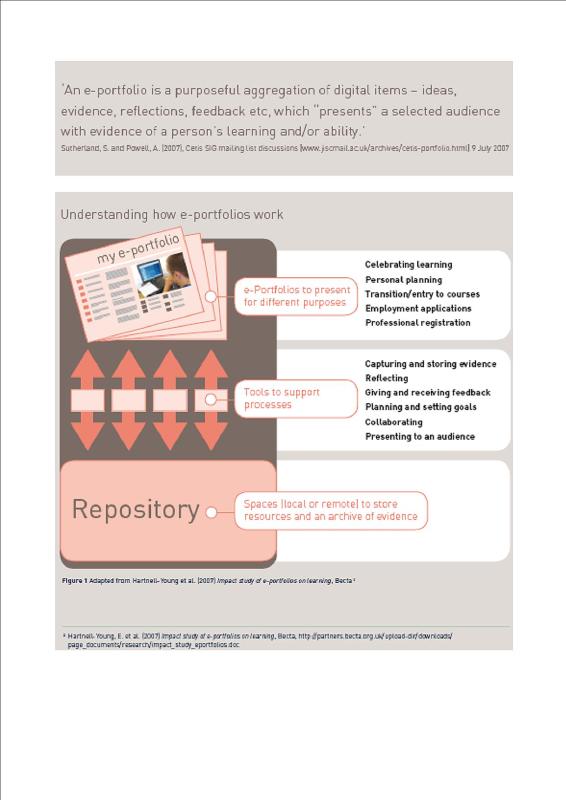The NMC Portfolio
What is a portfolio?
Short Answer:
A collection of work that demonstrates one's development in designated areas. The NMC portfolio helps you track your learning in both Core Curriculum objectives and your program objectives.
Long Answer
Physically, the portfolio is a 3-ring binder or electronic space accessed through an online host site that holds samples of student work and experiences with a reflection page attached to each sample. The portfolio is divided into four sections (called "levels"), one for each year of a bachelor's degree program. Students in associate degree programs complete two levels. Every student in every associate's or bachelor's degree program maintains a portfolio to keep track of what experiences have been important to his or her learning. These experiences can come from school, work, personal or civic opportunities. The student decides what to include. Each portfolio level must be complete before the student moves on to the next level of education. A description of what is essential in the reflection is included later in this document.
Portfolios are used for a variety of reasons in different arenas. Artists and architects use them to demonstrate their best work in a manageable format, stock brokers use them to demonstrate their success in investing, and professionals use them to demonstrate their skills in relevant areas of interest. Clearly, one goal is for demonstration of skills and competencies.
Why Keep a Portfolio?
Short Answer:
Portfolios are useful for scholarship applications, job applications, and graduate school applications. They are a more complete way to share what you have learned with an audience (whether the audience is your grandmother or a potential employer). Rather than rely on the relatively "flat" information on a school transcript, portfolios provide more depth and rich information. The really short answer is "because it is a graduation requirement for all NMC undergraduate students."
Long Answer:
Over the past ten years, it has become more common to see portfolios used as teaching tools in colleges and universities. There is a growing body of literature that draws the connection between a student's attention to experiences and learning. This may sound a little obscure. Don't students have to pay attention in order to complete courses successfully? The short answer is no. It is fairly common for students to focus on the individual tasks necessary to complete a course without ever considering the overall goals of the course. Think about a course you have taken recently. What was the purpose of that course? Why was it designed for your curriculum? How did the various objectives tie together?
The kind of attention we are talking about in portfolios is the kind that looks for connections: connections among various ideas presented in a course, connections between Anatomy & Physiology and Ethics, connections between the courses taken in the first year of a curriculum and those taken in the last year. Frequently, these connections do not become obvious until a student is near the end of a degree or even after graduation. By drawing the connections earlier, students benefit from having a context within which to place the various experiences.
Finally, students find value in a portfolio much like one finds value in a photo album. While on vacation you likely take photos of those events and scenes that seem significant at the time. Once the film is developed, you make some decisions about which pictures are the most appropriate to include in a photo album; you discard the ones that are out of focus or seem to be the same shot of the mountain. You pare down the stack to the photos that best represent your trip. Therefore, the process of putting photos in the album has value. It forces us to make decisions about what is most important to remember about a given experience.
The second value of a photo album comes months and years down the line. As time passes, our memory can fade about the details of a particular event or experience. We may find ourselves pulling out our photo album to refresh our memory or share the experience with some else. The photo album captures us at a particular point in time. The portfolio captures our learning at a particular point in time and across time. From this perspective, we can identify what conditions are present when we are at our academic and personal best and what conditions require us to draw from other resources. While your education may appear to culminate in a degree, it is actually just one stop in a lifetime of learning. The portfolio is a tool to make us aware of what we learn and how we learn it.
A visual picture of ePortfolio - Even if you do not maintain an Electronic Portfolio, the relationships are the same between evidence gathered and learning communicated.

